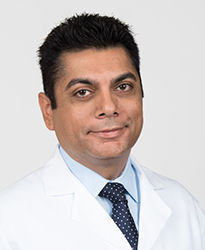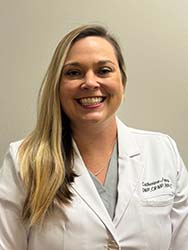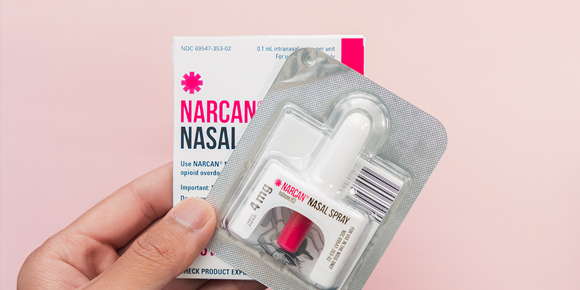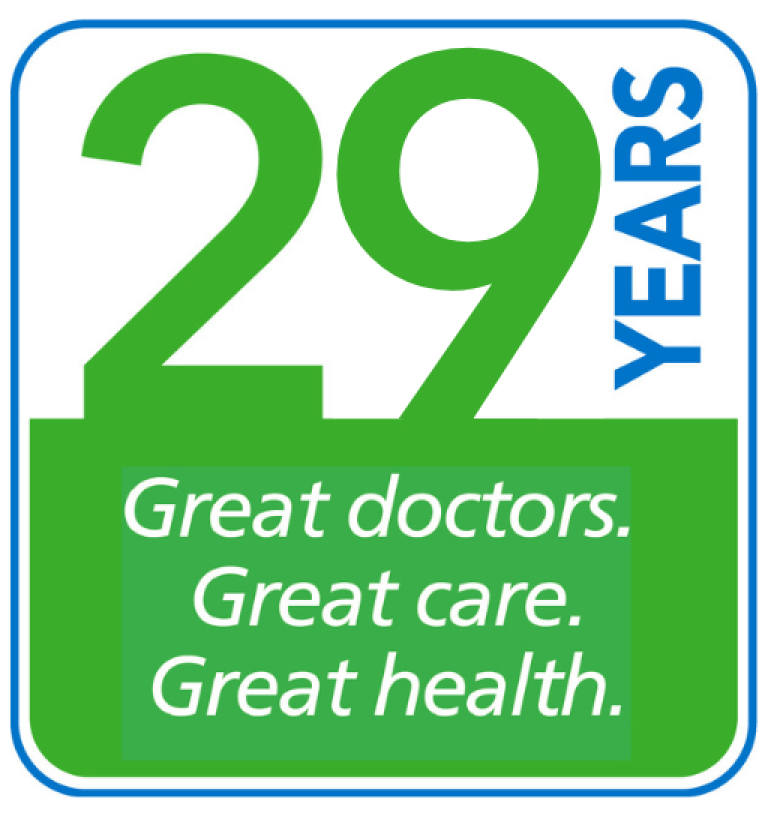By: AKBER AHMAD, M.D.
Imagine you’re walking the dog — you suddenly trip over a stone, fall and twist your ankle. You feel a sharp pain and your ankle starts to swell. You’re hurt, but is it a strain, sprain or broken bone? Should you apply ice, head to the emergency room, get an X-Ray?
Mild strains and sprains can often be treated at home, while broken bones should always be evaluated by your healthcare provider. Here’s how to handle each kind of injury.
Types of Injuries
Strains are damage to muscles and tendons when a joint is pulled or stretched too far. Strains are most common in the lower back or leg muscles, but can also occur in the wrist, ankle and other parts of the body. Pain, swelling and muscle spasms are usual symptoms of a strain.
Sprains are when ligaments are overstretched or torn. (Ligaments are fibrous tissue that connect two bones together in your joints.) Sprains often happen to ankles, knees and wrists. Symptoms include swelling and pain – similar to a strain – but usually also bruising.
Breaks are a fracture, chip or complete break in a bone. With a broken bone, you’ll probably experience sudden and severe pain, swelling and bruising, and you may not be able to move or put weight on the injury.
Diagnosing the injury
Mild sprains and strains can often be treated at home, but if you have more severe symptoms, consult your healthcare provider. If you suspect a broken bone, it needs to be evaluated.
A physical exam may be enough to identify the injury, but your provider may also recommend medical imaging, such as an X-Ray, MRI or CT scan, which produce detailed images of tissue and bones.
Treatment
Rest, ice, compression and elevation (RICE) is often the best treatment for sprains and strains. RICE relieves pain, limits swelling and speeds healing. Start RICE right after the injury and do all four parts at the same time:
- Move the injured area as little as possible.
- Apply ice to reduce inflammation. Cover the injured area with an ice pack wrapped in a thin towel for about 15 to 20 minutes, three to four times a day.
- Using a pressure bandage helps prevent or reduce swelling. Use an elastic bandage and wrap the injured area snuggly, but don’t cut off your circulation.
- Raise the injured area above the level of your heart. Prop up a leg or arm while resting it.
Using RICE, you may soon see improvement in an injury. But if your symptoms continue after a few days or if they get worse, contact your healthcare provider.
 Dr. Ahmad cares for patients in the Arnold office. He is certified by the American Board of Internal Medicine and earned his medical degree from the Medical College of Virginia/Virginia Commonwealth University.
Dr. Ahmad cares for patients in the Arnold office. He is certified by the American Board of Internal Medicine and earned his medical degree from the Medical College of Virginia/Virginia Commonwealth University.












